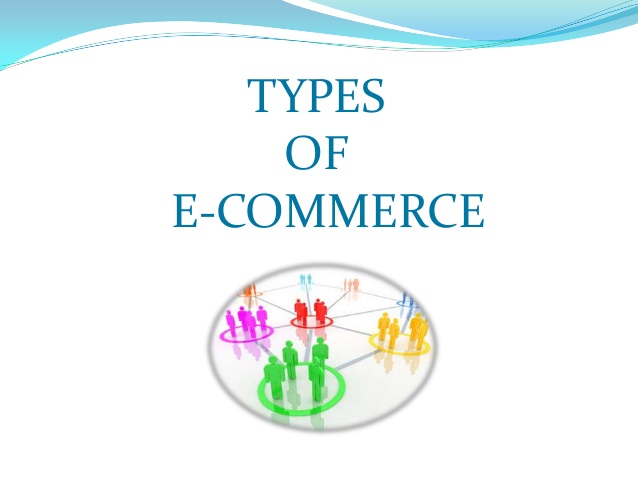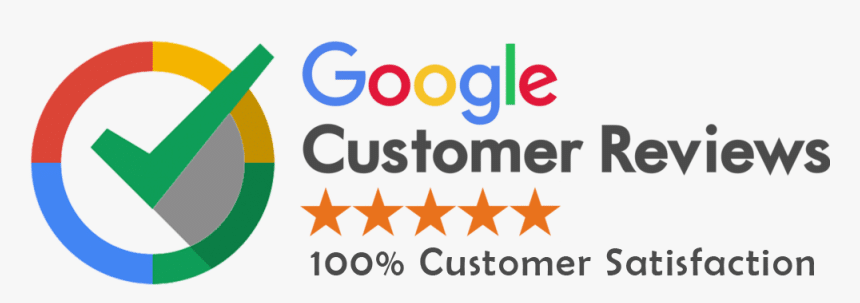Explore the Types Of E-commerce is a short type of Electronic commerce; it means trading in items or administrations utilizing PC networks. E-commerce Dubai alludes to buying and offer of products or administrations using electronic channels, for example, the Internet. Online trade is suitable because of its 24-hour accessibility, worldwide reach, and simplicity of client administration. Electronic commerce has extended quick in the course of recent years and is anticipated to proceed in light of present conditions, or considerably more. The limits in the middle of “conventional” and eCommerce will turn out to be step by step obscured as more businesses move segments of their operations onto the Internet.
Explore the Types Of ECommerce B2B alludes to eCommerce between businesses as opposed to between a business and a buyer. One illustration is producers offering to merchants and wholesalers offering to retailers. B2B businesses regularly manage many businesses, either as clients or suppliers. Doing these exchanges electronically gives endless game-changers over conventional strategies. E-commerce is regularly speedier, less expensive, and more suitable than the customary systems for trading products and administrations.
B2C or business to the shopper is a kind of eCommerce which bargains in offering items or administrations straightforwardly to customers. Offering items to purchasers electronically is otherwise called E-tailing. Any item can be e-tailed. The critical facet for retailers and producers in a B2C web offering environment is to get shopper activity to their site commercial center.
C2B is the latest E-Commerce plan of action. In this model, singular clients offer to offer items and administrations to organizations that should willing to buy them. This plan of action is converse to the business to the buyer. C2B is a consequence of two noteworthy changes. Dissimilar to customary media, which are unidirectional, the Internet is bidirectional, making this kind of relationship conceivable. Also, the drop in the expense of innovation implies that shoppers now have admittance to advances, for example, intense PC frameworks, sound and feature catch frameworks and other computerized advances that were before the restrictive territory of expansive organizations.





